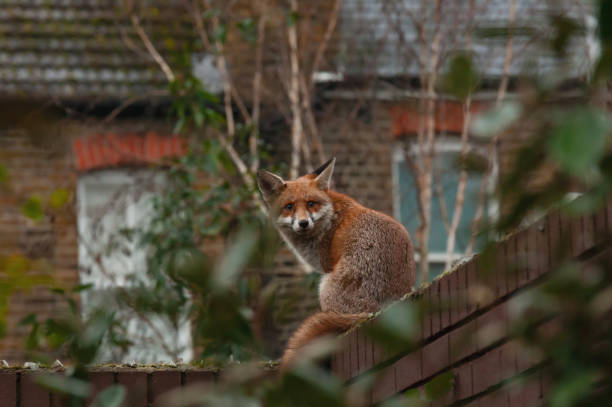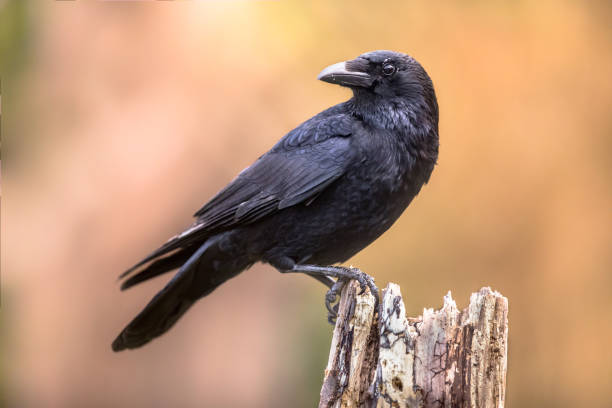Unveiling the Secret Lives of Urban Foxes: A Study in Adaptation and Survival
In the heart of the concrete jungle, a new breed of wildlife is flourishing. Urban foxes, with their fiery coats and wily nature, have become a common sight in cities around the globe. This fascinating adaptation to urban life, and what it tells us about the resilience and versatility of nature, is a story that demands to be told.

The Rise of the Urban Fox
The urban fox phenomenon has its roots in the UK, where red foxes began to infiltrate cities during the 1930s. The advent of World War II and the resulting rubble from bomb damage provided ideal dens for the foxes. Over time, these adaptable creatures have learned to thrive in urban environments, exploiting the abundance of food and shelter available. The trend has since spread globally, with urban fox populations now established in cities across Europe, North America, and Australia.
Coexisting with the Urban Fox
The presence of foxes in cities is a contentious issue. Some see them as pests, while others view them as a welcome reminder of the natural world in urban landscapes. The key to successful coexistence lies in understanding their behavior and needs. Urban foxes have displayed remarkable adaptability, feeding on a diverse diet ranging from rodents and birds to food waste. They are primarily nocturnal, which often leads to misconceptions about their numbers.
The Impact of Urban Foxes on the Ecosystem
Urban foxes play a crucial role in controlling pest populations, such as rats and pigeons. However, the impact of urban foxes on local wildlife is a complex issue. While they can help maintain a balance in the ecosystem, they can also pose a threat to vulnerable species. Hence, understanding the ecological role of urban foxes is a crucial area of ongoing research.
Urban Foxes: Friend or Foe?
Public opinion about urban foxes is divided. On one hand, they are seen as charismatic city dwellers, adding a touch of wildness to urban life. On the other hand, they are often viewed as pests due to their scavenging habits and potential to spread diseases. Resolving this dichotomy requires a balanced approach that respects both the needs of the foxes and the concerns of city residents.
Future Prospects for Urban Foxes
The future of urban foxes is uncertain. Climate change and urban development are posing new challenges to these city-dwelling creatures. However, their remarkable adaptability gives hope that they will continue to thrive. As we move forward, it is crucial to promote coexistence strategies that balance the needs of both wildlife and humans.
In conclusion, the story of urban foxes is a testament to the resilience of nature in the face of human encroachment. As we strive to make our cities more sustainable, we must also consider our impact on the creatures who share our urban spaces. This, in essence, is the story of urban foxes – a tale of adaptation, survival, and the remarkable resilience of nature.





